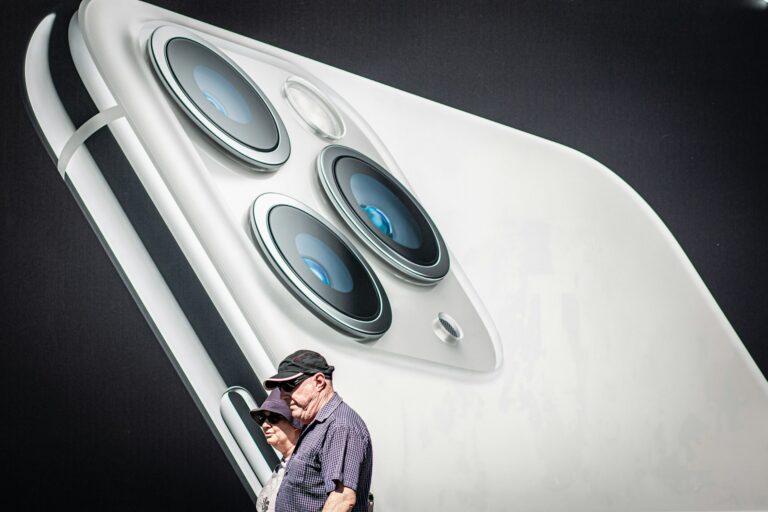In the ever-evolving landscape of marketing, understanding the distinction between Above-the-Line (ATL), Below-the-Line (BTL), and Through-the-Line (TTL) strategies is essential for businesses aiming to elevate their brand presence and effectively engage their target audience. Each approach has its own unique strengths, and when combined thoughtfully, they can create a powerful marketing arsenal to achieve outstanding results.
Understanding ATL Marketing
Above-the-Line (ATL) marketing encompasses strategies that reach a broad audience through mass media channels, including television, radio, newspapers, and outdoor advertising. This approach is particularly effective for building brand awareness and launching products to the masses. The allure of ATL marketing lies in its ability to generate significant exposure quickly, propelling brands into the spotlight.
Companies often opt for ATL strategies to communicate key messages to a diverse audience, focusing on the emotional benefits of their offerings rather than mere features. This approach can create a buzz, fostering customer engagement and long-lasting brand loyalty. However, measuring the direct impact of ATL campaigns on sales can pose a challenge, and the costs associated with grand campaigns may not fit within the budgets of smaller enterprises.
Despite these hurdles, ATL marketing undeniably plays a pivotal role in any comprehensive marketing strategy. By aligning ATL initiatives with well-defined campaign goals and target audience insights, businesses can harness this approach effectively. When integrated with BTL and TTL strategies, ATL marketing can amplify reach and drive substantial outcomes.
Incredible ATL Campaigns to Inspire Your Strategy:
- Coca-Cola’s “Share a Coke” leveraged personalization to connect emotionally with consumers, driving brand recognition and sales through customized Coke bottles and cans featuring popular names.
- Nike’s “Just Do It” campaign, showcasing renowned athletes, inspires people to adopt active lifestyles, aiding the brand’s ascent to a global sportswear icon.
- Apple’s “Think Different” campaign positioned the brand as a beacon of innovation, featuring historical figures who symbolize originality and groundbreaking ideas.
Decoding BTL Marketing
In contrast, Below-the-Line (BTL) marketing zeroes in on individual customers or small groups through tailored messages. This strategy includes direct mail, email marketing, experiential campaigns, promotional events, and point-of-sale advertising. BTL marketing is particularly attractive for businesses with limited budgets, as it allows for cost-effective campaigns that deliver measurable results.
One of the standout advantages of BTL marketing is its focus on personalization. This enables brands to forge deeper relationships with customers by delivering messages that resonate on an individual level. However, while BTL marketing can foster lasting connections, its limited reach compared to ATL can pose challenges for long-term brand visibility.
Taking a strategic approach to BTL marketing can yield powerful results. For instance, consider the impact of personalized welcome emails for new subscribers. This initial touchpoint not only makes customers feel valued but encourages them to engage with the brand through special offers or discounts. Similarly, abandoned cart emails present a fantastic opportunity to reconnect with potential buyers, gently nudging them toward completing their purchase.
Bridging the Gap with TTL Marketing
Through-the-Line (TTL) marketing effectively blends the strengths of both ATL and BTL strategies, creating a unified approach that reaches broader audiences while maintaining personalization. This strategy ensures that brands can deliver impactful messages through mass media while also engaging consumers on a more personal level.
In a crowded market, mastering the art of blending ATL, BTL, and TTL strategies offers a clear path to success. By leveraging the strengths of each approach, businesses can create holistic marketing campaigns that resonate deeply with their audiences and propel their brands to new heights.
In conclusion, navigating the complexities of marketing requires a savvy understanding of these distinct methodologies. By adapting and integrating ATL, BTL, and TTL strategies, businesses can foster engagement, build loyalty, and ultimately drive remarkable success. The key lies in knowing your audience and purpose, ensuring every marketing effort aligns with your overarching goals.




